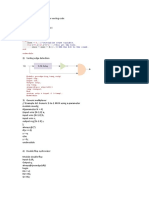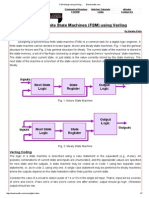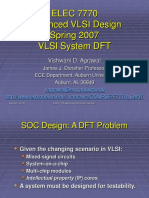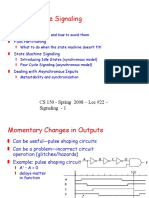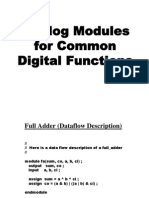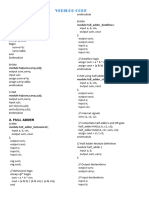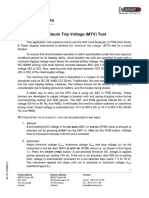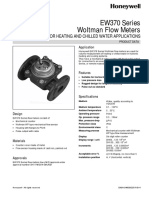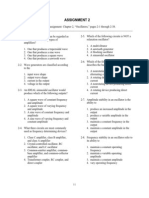0% found this document useful (0 votes)
134 views78 pages04 - Verilog Codes For Basic Components (2021f)
The document discusses Verilog code implementations for basic digital components including multiplexers, demultiplexers, encoders, decoders, priority encoders, ripple carry adders, shifters, and arithmetic logic units. Code examples are provided for each component in Verilog along with explanations.
Uploaded by
伍建瑋Copyright
© © All Rights Reserved
We take content rights seriously. If you suspect this is your content, claim it here.
Available Formats
Download as PDF, TXT or read online on Scribd
0% found this document useful (0 votes)
134 views78 pages04 - Verilog Codes For Basic Components (2021f)
The document discusses Verilog code implementations for basic digital components including multiplexers, demultiplexers, encoders, decoders, priority encoders, ripple carry adders, shifters, and arithmetic logic units. Code examples are provided for each component in Verilog along with explanations.
Uploaded by
伍建瑋Copyright
© © All Rights Reserved
We take content rights seriously. If you suspect this is your content, claim it here.
Available Formats
Download as PDF, TXT or read online on Scribd
/ 78




